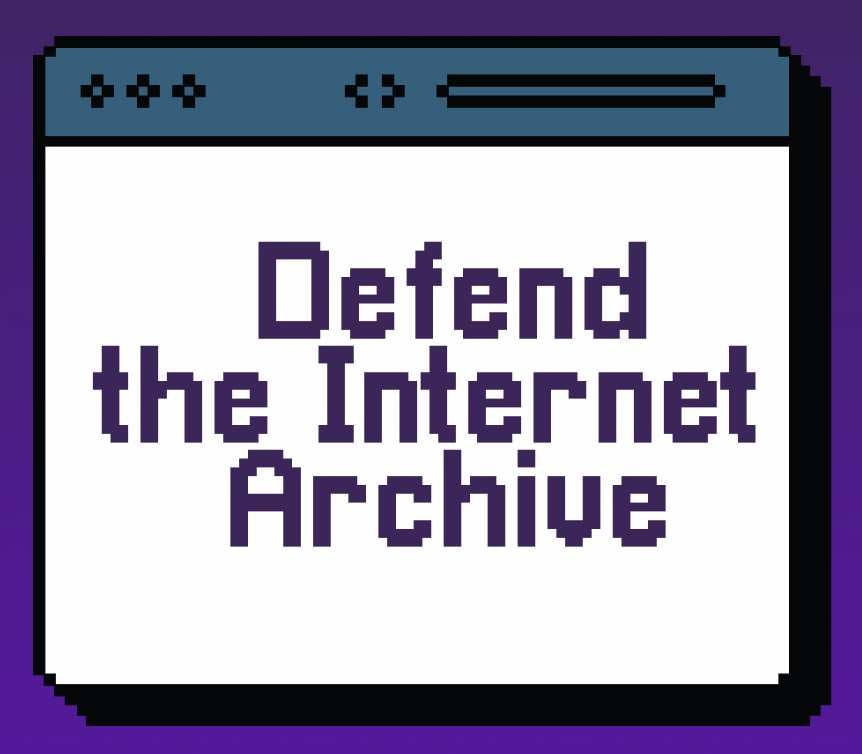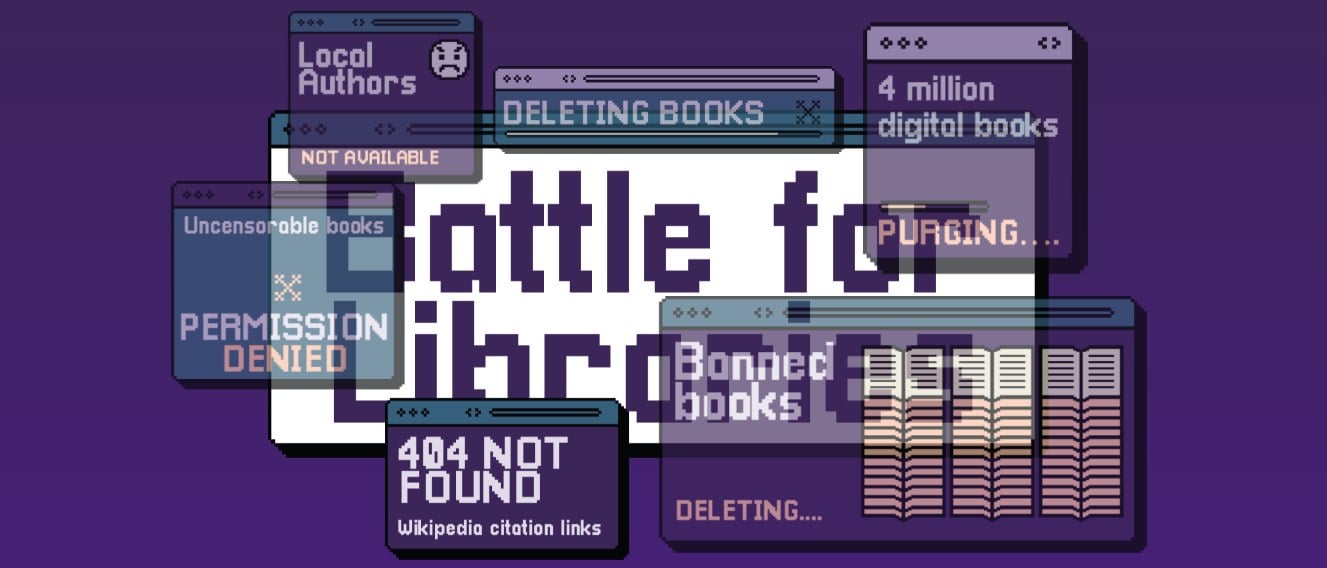

Thx. I’m dabbling rn with a 2015 Intel i5 SFF and a low profile 6400 GPU, but it looks like I’ll be getting back to all my gear soon, and was curious to see what others are having success running with.
I think I’m looking at upgrading to a 7600 or greater GPU in a ryzen 7, but still on the sidelines watching the ryzen 9k rollout.
I still haven’t tried any image generation, have only used llamafile and LM studio, but would like to did a little deeper, while accounting for my dreaded ADHD that makes it miserable to learn new skills…

Kodi on my 2015 Nvidia Shield doesn’t stutter for me playing back 30GB+ 4k files on a 1Gb network from an ancient (2012) AMD Athlon TrueNAS box. It could be network related, but you can test this from another machine (laptop, desktop, etc) or by using local playback on the pi. I have cheap network hardware, and have never needed better. All this is to say Kodi mounting NFS shouldn’t need much bandwidth or high end gear. Perhaps the issue is on the playback side. Good luck!
Edit:
andan